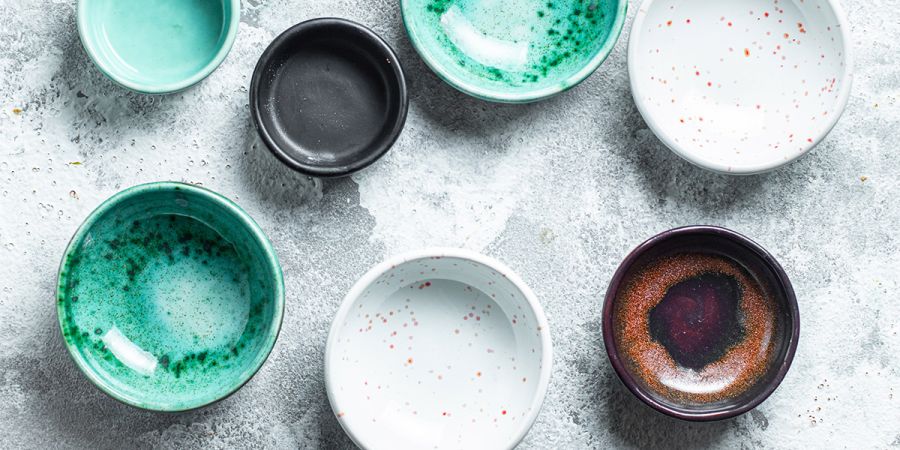
How colorful kiln-change ceramics are created?
Kiln-change ceramics, also known as Yao Bian ceramics, are formed through a complex and partially unpredictable process during high-temperature firing. The unique charm of these ceramics lies in the one-of-a-kind glazes, textures, and patterns that emerge, making each piece entirely unique. Here are the key factors that contribute to the formation of kiln-transformed ceramics:
1. Chemical Composition of the Glaze
The formation of kiln-transformed effects is closely tied to the chemical composition of the glaze. Glazes typically contain various metal oxides such as iron oxide and copper oxide. These oxides undergo complex chemical reactions at high temperatures, resulting in a wide range of colors and textures.
2. Firing Temperature
The firing temperature for kiln-transformed ceramics usually reaches around 1300°C (2372°F). At this temperature, the metal oxides within the glaze begin to melt and react. Even slight variations in temperature can significantly affect the glaze's color and texture, making temperature control crucial for achieving the desired kiln-transformed effects.
3. Kiln Atmosphere
The atmosphere inside the kiln, whether oxidizing or reducing, plays a significant role in the formation of kiln-transformed ceramics. For example, copper oxide may produce green or red hues in a reducing atmosphere, while in an oxidizing atmosphere, it can turn blue or black.
4. Temperature Distribution Within the Kiln
Different areas of the kiln may experience slight temperature variations, leading to different reactions in the glaze across the piece. This variability contributes to the diverse range of colors and textures that can be observed in a single firing.
5. Cooling Rate
Rapid cooling can lock in certain colors and textures, while slow cooling may allow the glaze components to continue changing, resulting in different effects. The degree of crystallization and vitrification of the glaze during cooling also influences the final surface finish.
6. Unexpected Factors
One of the most intriguing aspects of kiln-transformed ceramics is their unpredictability. Unforeseen changes in kiln atmosphere, the deposition of kiln ash, or the flow of glaze can lead to surprising results. These unexpected factors ensure that each kiln-transformed ceramic piece is truly one-of-a-kind and unrepeatable.

Through the interaction of these complex and subtle factors, kiln-transformed ceramics develop their rich, varied glazes and textures. It is this delicate balance between natural processes and human craftsmanship that makes kiln-transformed ceramics highly prized by ceramic enthusiasts and collectors alike.